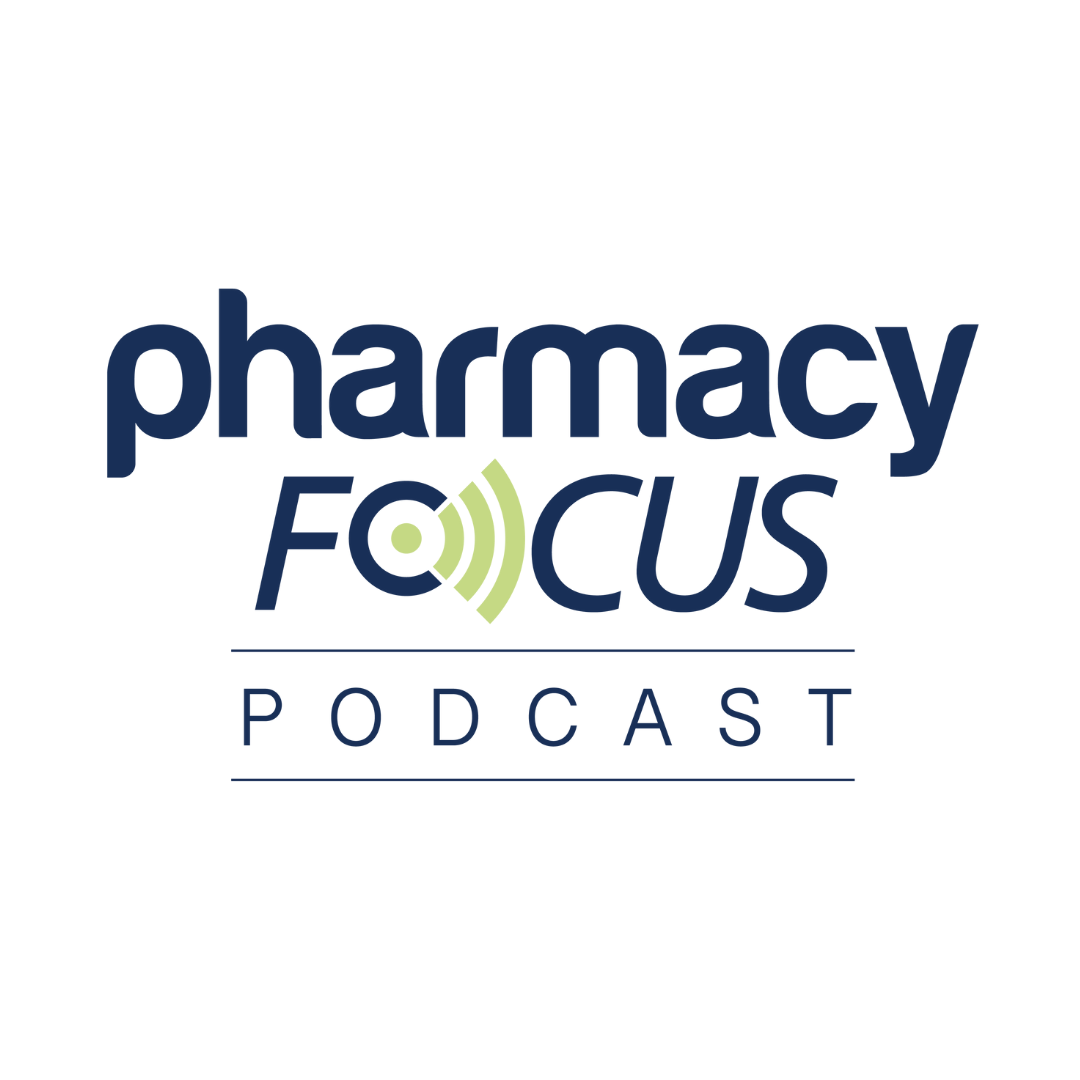News
Article
Many Patients With Elevated LDL Cholesterol Are Not Prescribed Lipid-Lowering Medication
Author(s):
Key Takeaways
- Over 25% of patients with severely elevated LDL cholesterol lack documented lipid-lowering prescriptions, with younger adults showing particularly low rates.
- Statins are recommended for severe hyperlipidemia, yet many patients remain untreated or receive suboptimal statin intensity.
A significant number of patients with high low-density lipoprotein (LDL) cholesterol lack prescribed lipid-lowering medications, highlighting gaps in treatment and care practices.
Over 1 in 4 patients with severely elevated cholesterol—which is defined as a low-density lipoprotein (LDL) level of 190 mg/dL or greater—do not have a documented prescription for lipid-lowering medications, with particularly low rates of statin documentation among younger adults, according to an investigation from Epic Health Systems. The data presented is concerning given that almost a third of US adults have elevated LDL cholesterol (LDL-C), which increases their risk of atherosclerotic cardiovascular disease (ASCVD).1,2
Statins were the most prescribed form of lipid-lowering medication across all age groups. | Image Credit: © shidlovski - stock.adobe.com

Importance of Lipid-Lowering Medications
Statins are recommended for patients who have severe hyperlipidemia, according to guidelines from the American College of Cardiology (ACC) and the American Heart Association (AHA), so patients can reduce their risk of ASCVD. Still, prior studies indicate that many patients with the condition do not receive proper treatment to lower their LDL-C. A study by Navar et al found that, in routine contemporary practice, about 1 in 4 guideline-eligible patients were not on a statin, while less than half were on a recommended statin intensity.1,3,4
Investigators sought to better understand how clinical practice compares with guidelines for lipid-lowering prescriptions in recent years. Authors from Epic Health Systems, an electronic health record platform that represents data from over 296 million patients at 1700 hospitals and more than 39,000 clinics, worked with a clinician and research scientists to analyze patients with an LDL test result of 190 mg/dL or higher between January 2019 and February 2023 that had an outpatient visit at least 2 years later. By utilizing a large dataset, the investigators aimed to provide a thorough roadmap of current prescribing practices to better guide pharmacists and physicians.1
Many Young Patients With High LDL-C Are Not Prescribed Lipid-Lowering Medication
In total, 763,498 patients with an indication of high cholesterol were included in the analysis. Patients were grouped according to the type of lipid-lowering medication they had documented before or within 2 years following their LDL test. Notably, statins were found to be the most prescribed lipid-lowering medication, according to the study authors.1
Among the population cohort, 25.1% of patients had no documented lipid-lowering medications. Younger adults had especially low rates of lipid-lowering medications, with 46.2% of individuals aged 18 to 39 not having one documented compared with 22.8% in those aged 40 to 74 and 18.0% in those aged 75 years and older. Interestingly, those 75 years and older featured the highest percentage of individuals—5.8%—prescribed a lipid medication other than statins, signifying a shifting prescribing landscape in this population.1
The investigators also analyzed rates of lipid-lowering medications in patients at an increased risk of cardiovascular events. In those with a history of myocardial infarction, stroke, or type 2 diabetes, the lowest rates of no lipid-lowering medications are 3.4%, 7.1%, and 9.2%, respectively, according to the authors. Additionally, patients with familial hyperlipidemia were found to have lipid-lowering medications documented more often compared with the overall population, at a rate of 13.8%. For each of these risk populations, statins were overwhelmingly the most used lipid-lowering medication.1
These results point to a major lack of proper prescribing practices among patients with severe hyperlipidemia. To prevent patients with this condition from falling through the cracks of patient care, pharmacists must take note of patients with LDL measurements of 190 mg/dL or higher and provide effective counseling so they can act and reduce their cholesterol levels. Pharmacists should work to create a welcoming culture in their practice, where patients of all ages can feel comfortable seeking out statins or other lipid-lowering medications.1





